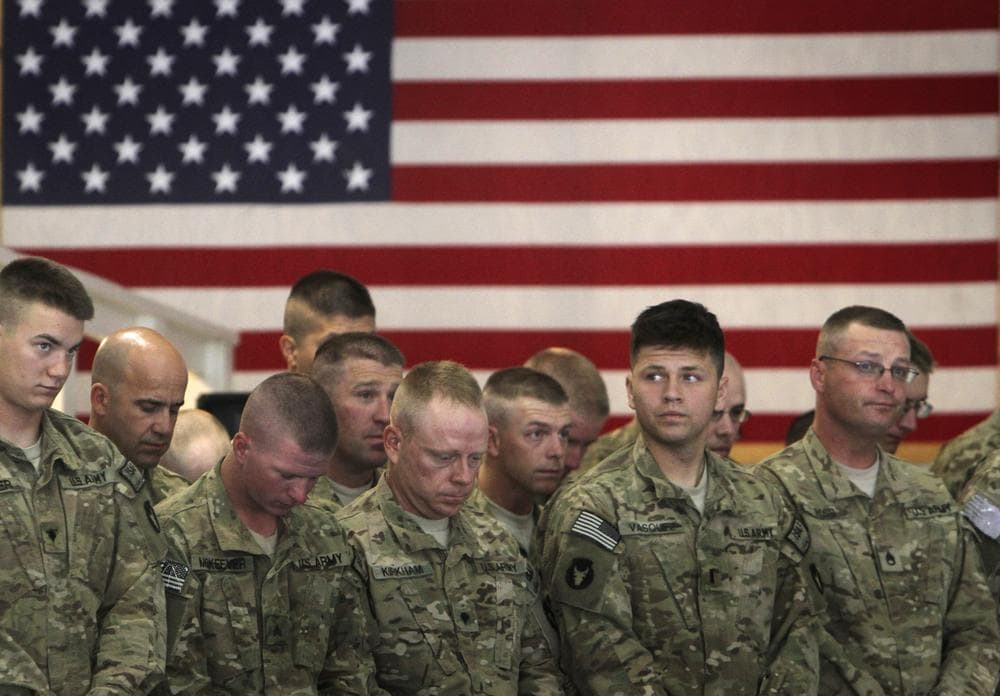Advertisement
10 Years Into Afghan War, National Guard Sees Bigger Role
Resume
As we mark the 10th anniversary of the start of the war in Afghanistan, we check in on the National Guard, which has been stretched especially thin fighting it.
Members of the Guard used to be known as "weekend warriors," because they train one weekend per month and two weeks in the summer. They also help out with disaster response in the U.S.
But they also see combat-- almost half of the U.S. fighting force in Iraq and Afghanistan is National Guard, and they've historically been involved in wars.
More statistics that were unthinkable a decade ago:
- Many National Guardsmen and women have been on multiple combat deployments
- One in 10 troops killed in action since 2001 was a member of the National Guard
- The suicide rate among the National Guard has increased
- One study found that Guard members develop PTSD 29 percent more often than active duty military
Guests:
- Col. (ret.) Bob Killebrew, senior visiting fellow at the Center for A New American Security.
- Staff Sgt. J. Winkowski, Iowa National Guard
This segment aired on October 10, 2011.